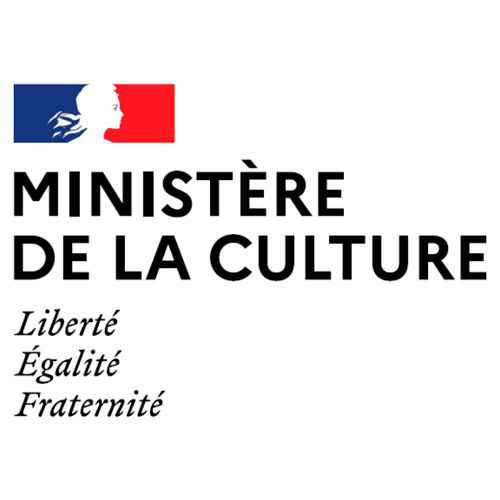Arts and Crafts aujourd’hui
Avec la participation de Thomas Cooper, Tanya Harrod et Romain Mathieu
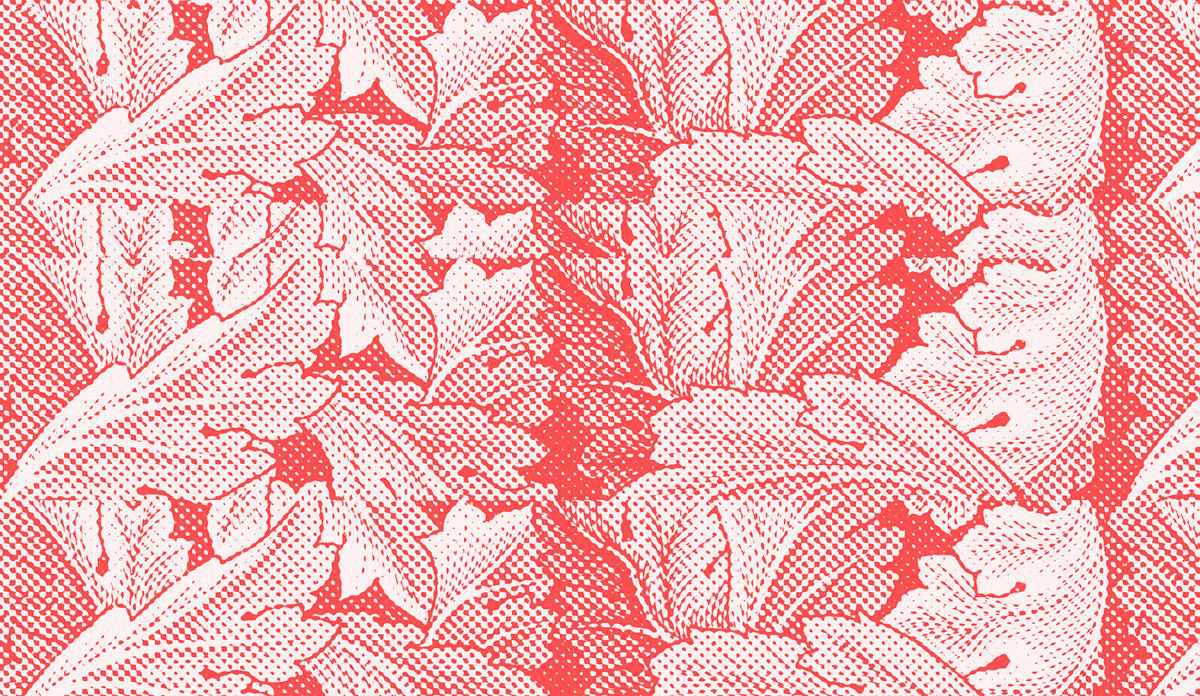
Arts & Crafts values in Britain between two World Wars: the case of Rolf and Margaret Gardine,Tanya Harrod
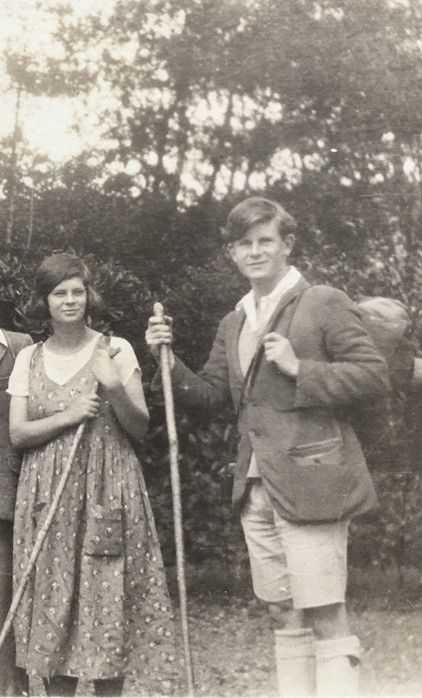
Rolf Gardiner (1902-1971) was a youth leader who sought communal , artistic and ecological regeneration after World War One through farming, forestry, communal work, dance and song. His involvement with the Wandervogel and Bünde movements in interwar Germany became politically controversial after Hitler came to power. His sister Margaret Gardiner(1904-2005) combined patronage of advanced art with political activism in the service of anti-fascism. In 1979 she donated her substantial collection of modern painting and sculpture housed at 35 Downshire Hill, Hampstead to Stromness on Mainland,Orkney (whose islands she saw as classless and naturally democratic). The collection included work by Barbara Hepworth, Ben Nicholson, Patrick Heron, Terry Frost, Margaret Mellis, Eduardo Paolozzi, Alan Davie, Alfred Wallis and Naum Gabo. Margaret’s tastes, achievements and bohemian way of living now seem uncontroversial and can be celebrated. Rolf’s, meanwhile, appear less part of a progressive 20th century narrative. This paper argues that both developed the social, artistic and political values of the Arts & Crafts Movement in the interwar years, albeit in markedly different ways.
Rethinking Stitch in Arts and Crafts Embroidery, Thomas Cooper
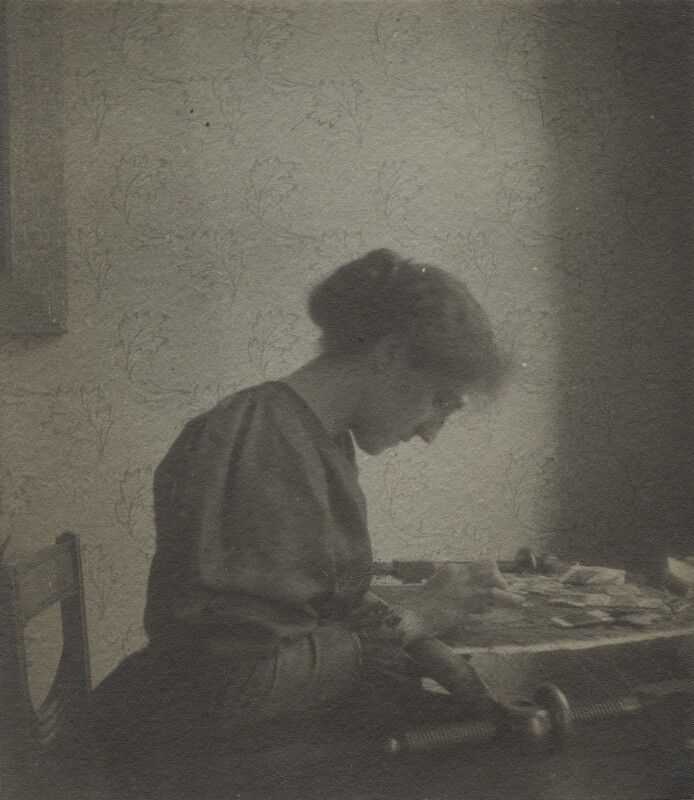
In publications and lectures today on the embroidery of May Morris (1862-1938), the exceptional standard of her stitching is often praised. It is then presented as evidence of her autographed hand, thus raising the value of her work, and as an example of professional stitching, firmly distinguished from amateur needlework. Further enquiry into stitch is usually felt to be unnecessary. This repeated connoisseurial approach is limiting. It hampers critical engagement with stitch and reinforces false binaries between professional/amateur and designer/maker in the context of May’s embroideries.
In this paper, I look closely at stitching. I compare different stitched versions of William Morris’s design, Acanthus. I argue that we need to accommodate more agency to the stitcher(s) and challenge the prevalence of the designer/maker construct in Arts and Crafts scholarship. I attend to the collaborative production of many of May’s embroideries. I propose that this can be understood as sororal collaboration in which the labour of designing and making is not so much divided as shared
Participants
Tanya Harrod is the author of The Crafts in Britain in the Twentieth Century (1999) and co-editor of The Journal of Modern Craft. The Last Sane Man: Michael Cardew, modern pots, colonialism and the counterculture won the 2012 James Tait Black Prize for biography. Recent books include The Real Thing: essays on making in the modern world (2015) Craft(2018) and Humankind:Ruskin Spear, Class, Culture and Art in 20th Century Britain(2022). She writes for The Burlington Magazine, Frieze, The Guardian, Prospect and The Literary Review. She is a Senior Research Fellow at the Paul Mellon Centre.
Thomas Cooper is a History of Art PhD candidate at the University of Cambridge. He obtained his BA (Hons) and MA degrees in History of Art from The Courtauld Institute of Art. His research looks at British art, craft and design from the late-19thto the early-20th centuries, and his current interests focus on hand-made textiles. His doctoral research is on the textiles designed, made and collected by May Morris (1862-1938), c. 1880s – 1930s, with a particular focuson embroidery.
Romain Mathieu est enseignant-chercheur à l’Esadse et responsable du Laboratoire d’expérimentation des modernités. Docteur en histoire de l’art contemporain, il enseigne également à l’Université d’Aix-Marseille et est membre de l’AICA. Il est un contributeur régulier d’artpress et a publié des textes dans plusieurs catalogues pour des musées et des galeries. Il a été commissaire de l’exposition Supports/Surfaces – Les origines : 1966-1970 au musée d’art contemporain de Nîmes et de la Biennale artpress – Après l’école à Saint Étienne en 2020.
Dans le cadre du programme de recherche Arts and Crafts aujourd’hui soutenu par le ministère de la Culture.
La sécurité des intervenants et des publics reste la priorité. Les différentes journées sont adaptées afin d’être compatibles avec les gestes barrières : espacement entre chaque siège, nombre de personnes par journée limité, tenue des journées en visioconférence, etc.
Biennale Contextile 2024Exposition d’une œuvre collective créée in situ lors d’un workshop international, avec la participation d’étudiants de l’Esadse
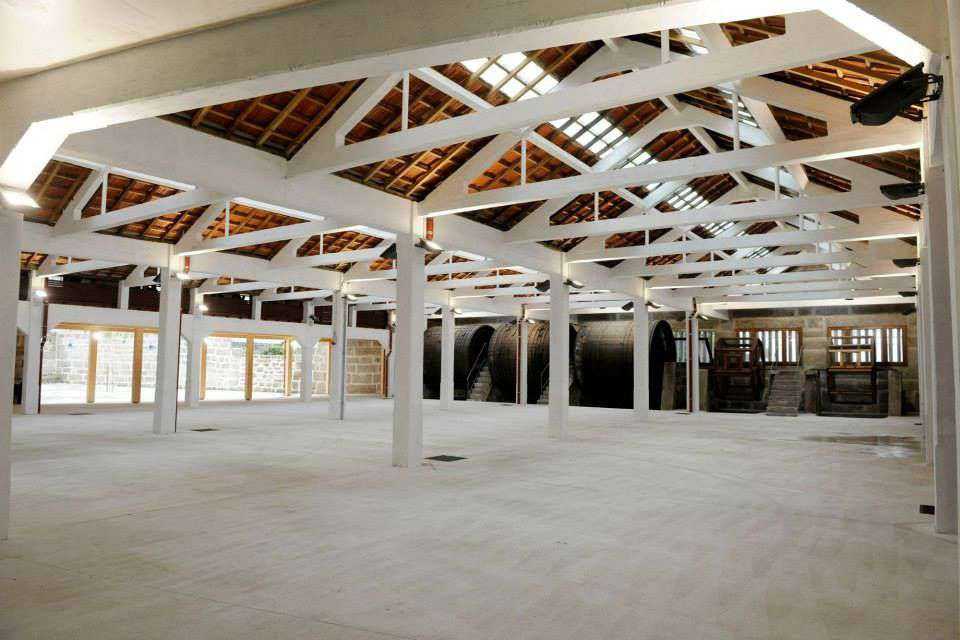
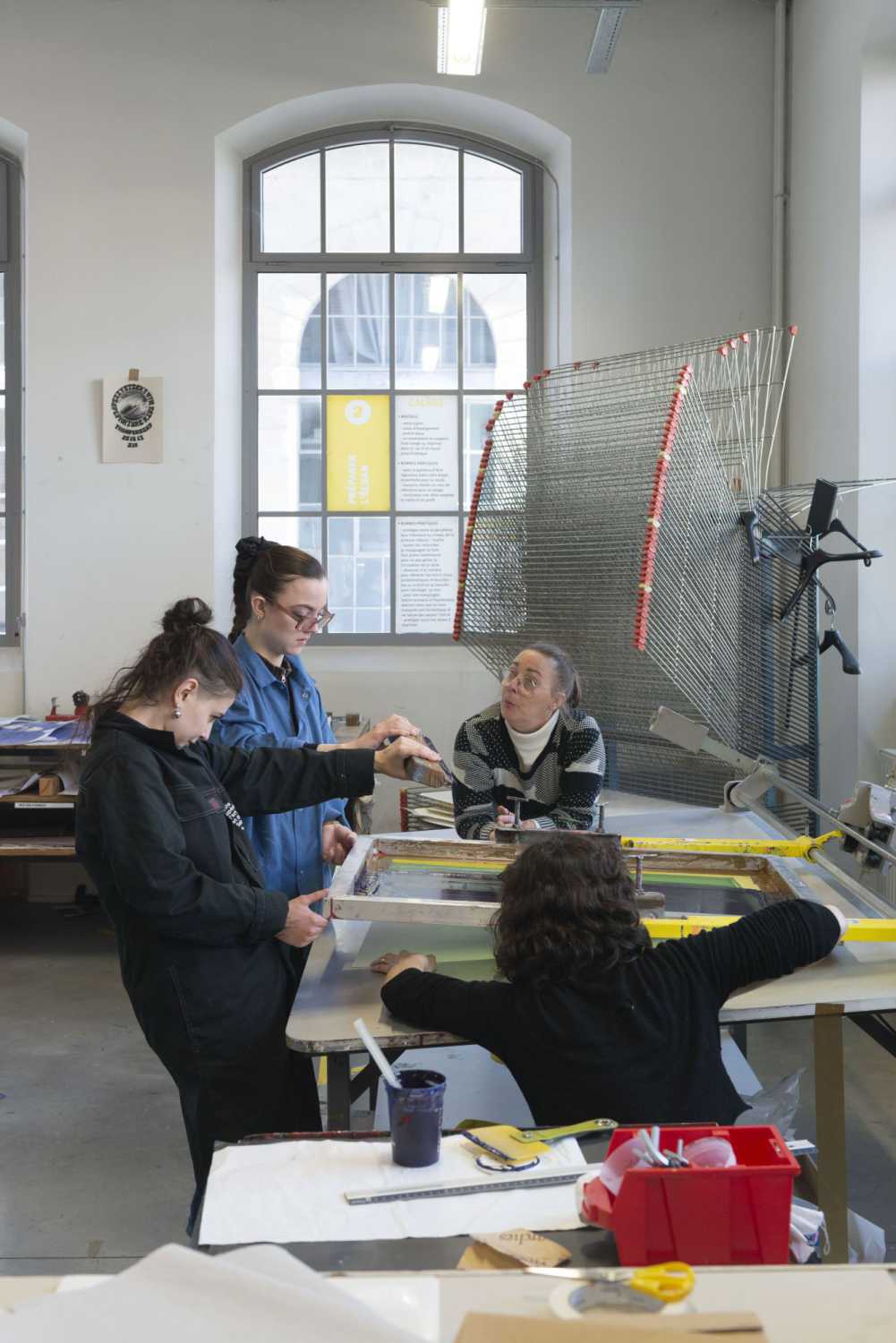
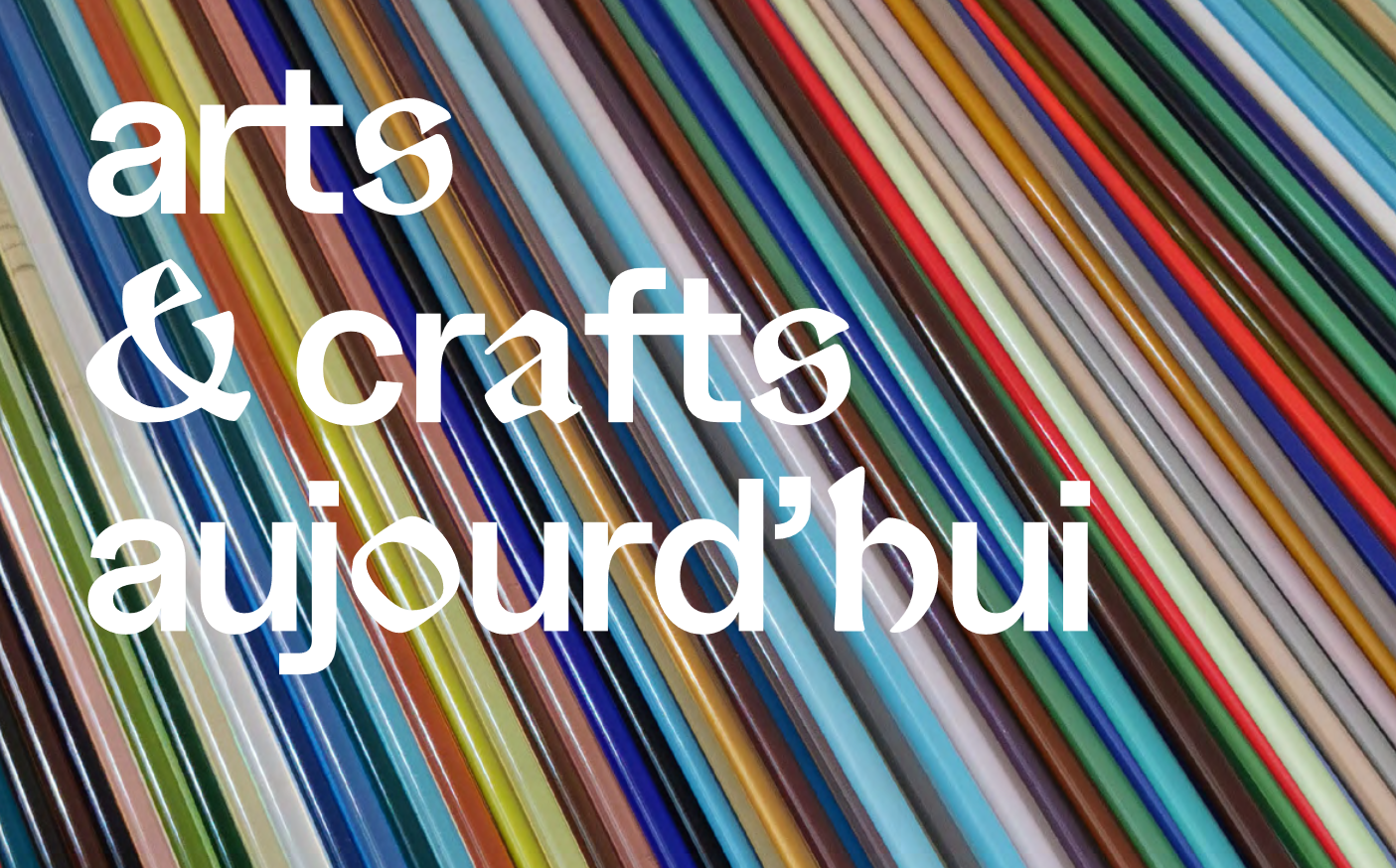
Semaine Procédure matériauxDans le cadre du programme de recherche européen Arts & Crafts aujourd’hui
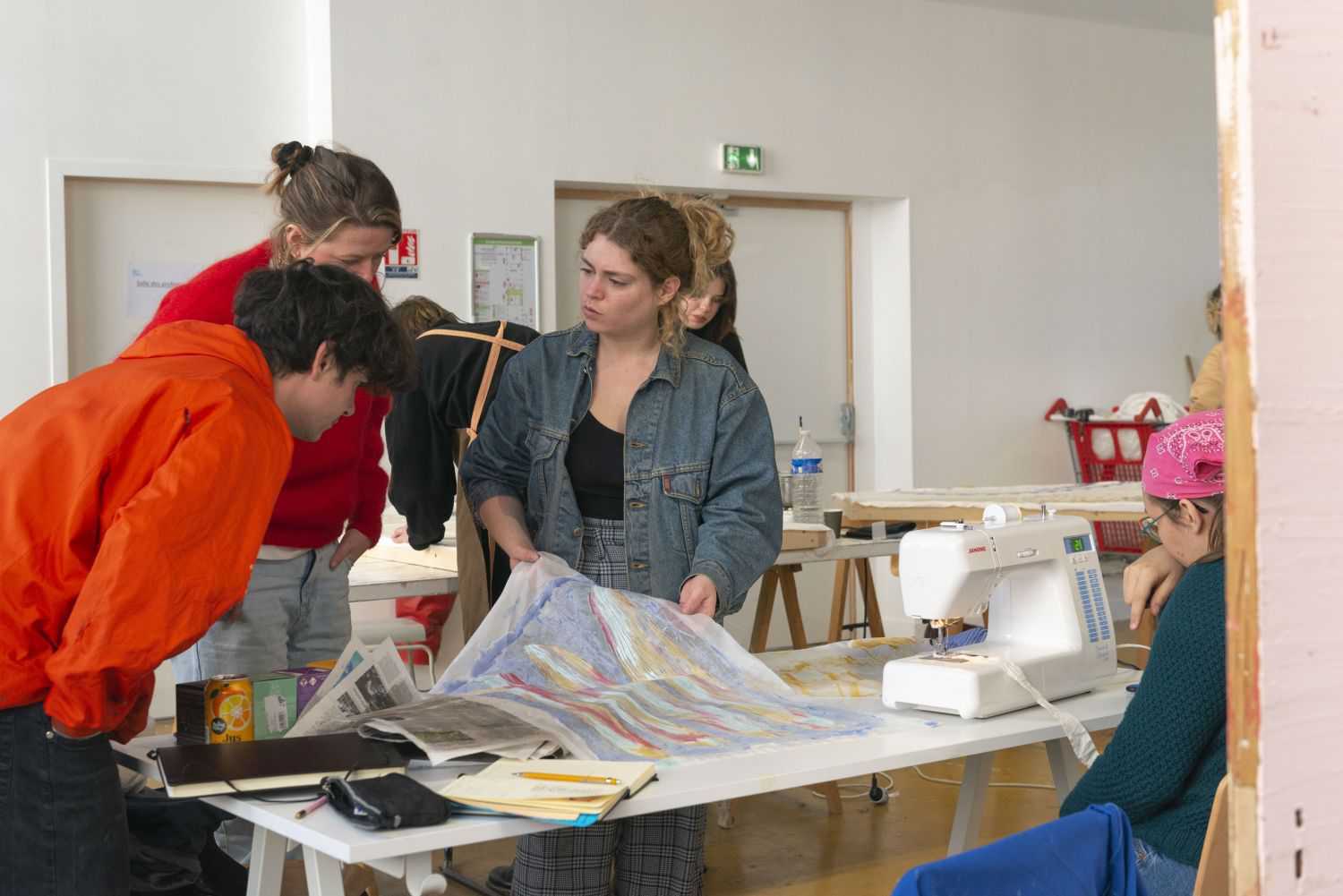
Travaux en coursDans le cadre du programme de recherche européen Arts & Crafts aujourd’hui et des Journées Européennes des Métiers d’Art 2024
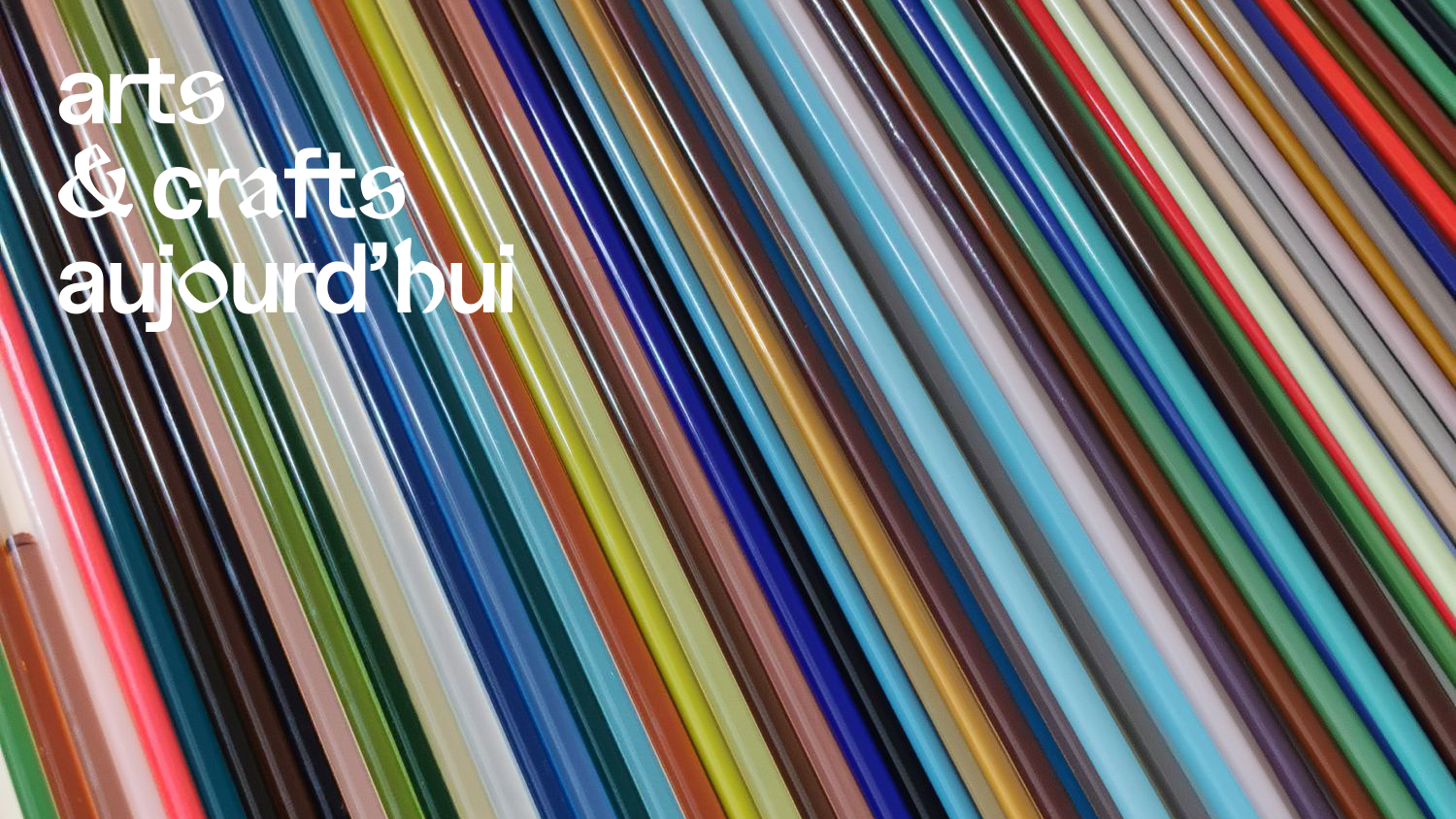
Votre navigateur est obsolète, l’affichage des contenus n’est pas garanti.
Veuillez effectuer une mise à jour.
